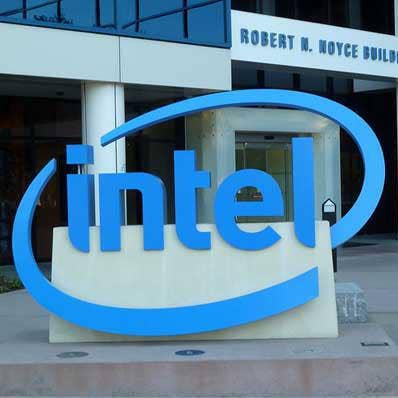Supermicro Opens Remote Testing For Intel Ice Lake Servers
The San Jose, Calif.-based server maker is giving customers advanced remote access to servers running Intel’s forthcoming third-generation Xeon Scalable processors, also known as Ice Lake, with the goal of helping customers speed up evaluations.

With the forthcoming launch of Intel’s next-generation Xeon Scalable processors, server maker Supermicro has opened up remote testing for customers who want to try out servers running the long-hyped chips also known as Ice Lake.
The San Jose, Calif.-based company announced Thursday that its JumpStart program for workload testing on Ice Lake-based Supermicro X12 systems began earlier this week, giving customers remote access to servers with the third-generation Xeon Scalable processors so that they can begin developing, validating, tuning and benchmarking advanced workloads.
[Related: AMD Aims To Speed Up EPYC Milan Sales With Solutions Approach]
The JumpStart program is available to qualifying customers under a non-disclosure agreement.
Supermicro said several systems will support Ice Lake, which will support DDR4 3200 memory and PCIe 4.0 connectivity. They include 1U and 2U options with Ultra SuperServers, 2U and 4U multi-node options with the Twin product line, and 6U and 8U options with the SuperBlade servers, among others.
Intel said last month that it began ramping up volume shipments for Ice Lake processors, which will be the company’s first server chips to use its 10-nanometer manufacturing process that had faced multiple delays over the last several years. The company promised “significant increases in core count” as well as big gains in performance, integrated AI and security. They represent the second wave of third-generation Xeon Scalable processors after last year’s Cooper Lake launch.
Alexey Stolyar, CTO of International Computer Concepts, a Northbrook, Ill.-based system builder, told CRN that Intel is making a big push for Ice Lake and that he has already sent out some Ice Lake-based Supermicro servers to customers under NDA.
“I think giving access to customers to really try it out is definitely going to be interesting. It’ll be interesting to see how it compares to previous generations, and it gives quicker development times for customers,” he said of Supermicro’s JumpStart program.
Stolyar said that he expects his customers who use servers for financial trading will likely benefit from Ice Lake processors because of the company’s historical leadership in clock speed. However, he added, he expects Intel to compete with AMD more by bringing higher core counts and higher memory channels than the company has provided in previous Xeon Scalable generations.
“For people who want an Intel-based system with a little bit more frequency, with a little bit more and more cores, I think you‘ll do really well there,” he said.